India's Dangerous New Relationship With Opioids
The opioid problem in India is one of distribution. Those who desperately need the drugs for pain relief struggle to access them as the black market trading is flourishing since the government amended its restrictive laws.
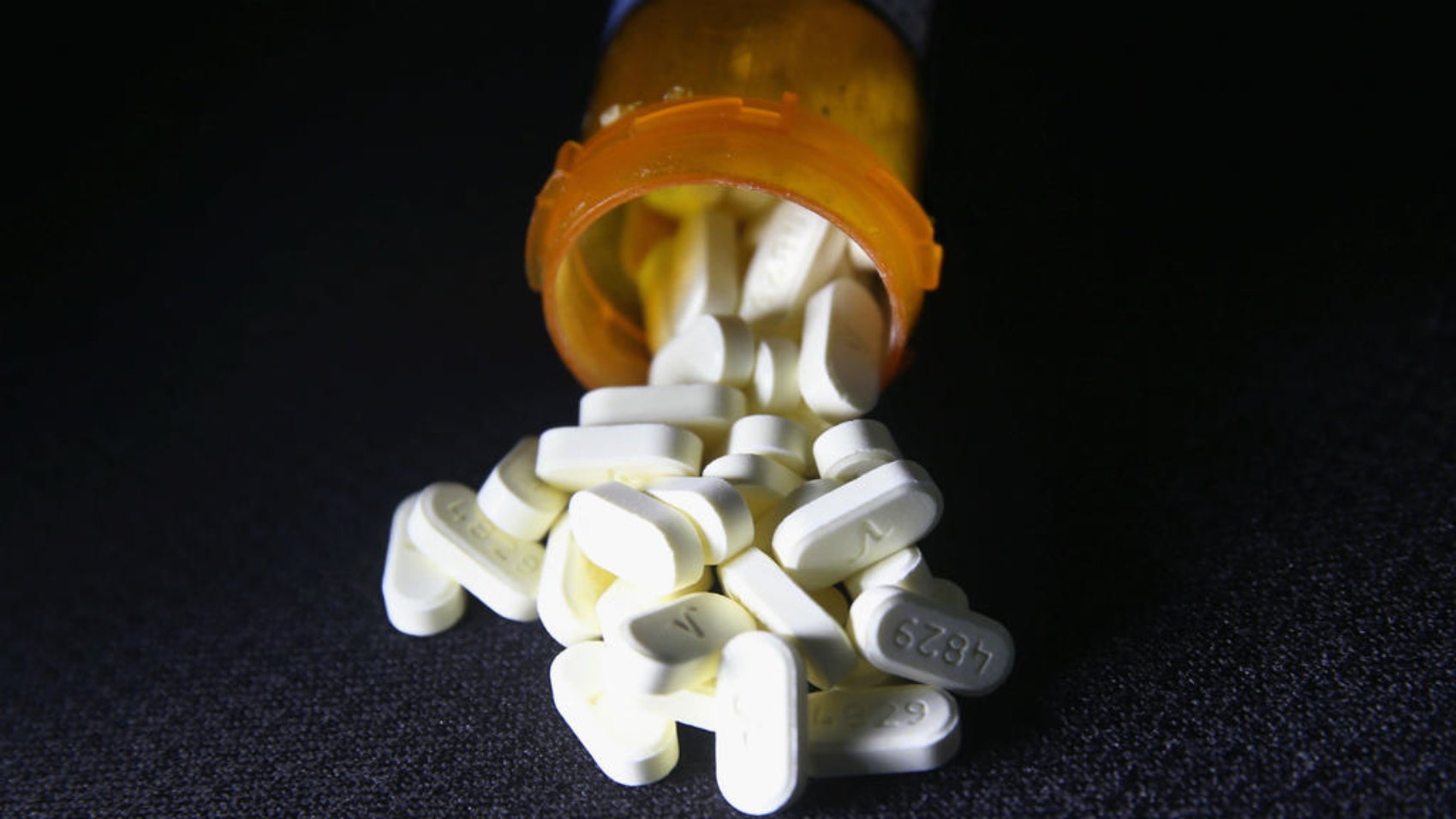
In this file photo taken on March 23, 2016, opioid pills prescribed for a patient with chronic pain are seen in Norwich, CT. Photo: John Moore, AFP
The opioid problem in India is one of distribution. Those who desperately need the drugs for pain relief struggle to access them as the black market trading is flourishing since the government amended its restrictive laws.
India has something of an opioid paradox. The Asian country has long been among the largest opioid medicine producers in the world, yet for a long time, most of its population did not have access to this form of pain relief due to restrictive pharmaceutical laws.
But, after decades of lobbying by palliative care campaigners, the Indian government finally amended its restrictive laws on prescription opioids in 2014. Following this change, pain management has quickly become a viable and burgeoning industry in India, with multinational pharmaceutical companies discovering new markets there.
But opioid access is a double-edged sword. Pharmaceutical opioids in small doses and under supervised conditions provide a vital relief from acute pain. But this is often accompanied by the risk of addiction and overprescription.
Opioid misuse, such as in the US, can become a 'deadly epidemic' through overdoses.
Illegal pain management
India had traditionally exported much of its opioid production. The country is a major producer of pharmaceuticals such as tramadol and fentanyl, the latter being used as a direct substitute for heroin that is at the centre of the opioid crisis in the United States. Strict drug laws in India, however, meant that these drugs were for export use only. For pain management, Indians predominantly relied upon holistic methods and, if that didn't work, were forced to turn to illegal drugs.
The country’s major laws controlling pharmaceuticals are 1985's Narcotic Drugs and Psychotropic Substances Act (NDPS) and 1988's Prevention of Illicit Trafficking in Narcotic Drugs and Psychotropic Substances Act. This stringent law included a 10-year mandatory minimum prison term for violations involving narcotic drugs.When this law was introduced, medicinal morphine use in the country dropped by 97 percent. The repercussions on patient care were drastic as pain went largely untreated in India.
The NDPS Act has been amended three times - in 1988, 2001, and most crucially in 2014. This last amendment was the first to officially recognise the need for pain relief as a central duty of the government.
When this law was relaxed, pain became big business in the Asian subcontinent. With a population of 1.3 billion people, India offers a lot of potential new customers for pain relievers.
Major Indian hospitals now have specialized pain management sections. For-profit pain clinics are popping up all across the country and, with them, the opportunity for abuse.For example, Delhi Pain Management Hospital bills itself as "India’s First Dedicated Pain Hospital". It has already opened five branches inside the country and currently boasts more than 60,000 patients. The Pain Clinic of India has ten centres nationwide. Opioid painkillers line pharmacy shelves.
‘Epidemic of opioid use and of pain’
“As I see it, India has an epidemic of opioid drug use and an epidemic of pain,” Dr Atul Ambekar of the National Drug Dependence Treatment Centre and Department of Psychiatry told FRANCE 24.
Ambekar led the team behind a recent national survey on the extent and patterns of substance use in India. In the opioid category, pharma opioids were the second-most commonly used drug after heroin.
“The regulatory framework is such that it may be far easier for someone to obtain heroin for recreational use rather than accessing a [prescribed] medicine to help quit taking heroin,” says Ambekar. “Consequently, achieving a balance between ensuring access for medical purpose and preventing diversion for illicit use is a big challenge.”
Seventy percent of population 'not getting opioids for pain management'
The disparity between those who need pain medication and those who are actually able to receive it remains an ongoing problem. And, at the retail level, regulation of pharmaceutical dispensing poses a major challenge.
“To this day, even after the legal amendment in 2014, 70 percent of the country’s population are still not getting opioids for their pain management,” said Dr. Sushma Bhatnagar, the President of the Indian Association of Palliative Care, speaking exclusively with FRANCE 24.
“This is directly because there is a lack of knowledge that means people who need them can’t get them. Medical professionals across India are still just learning about them.”
Bhatnagar highlights the vital use of opioids in the treatment of pain. “They serve a very important role in patient care. The government [of India] realised this and has relaxed the rules and now the doctors need to learn how to use this medicine. This is the key.”
But Bhatnagar is also aware of the lethal potential for misuse.
“Doctors need to be incredibly careful when it comes to prescribing. They need to make sure not to give too many pills. If someone needs treatment for three days, do not prescribe 30 days of medicine. If you do, human nature will take advantage of this. Vigilance is crucial. And many of our medical practitioners are not properly trained and many medicines are sold illegally.”
India is a country with almost 10 million licensed physicians, but it also has a dangerously high number of healthcare practitioners with no formal medical training. Regulation is the key to safe dispersal of medicine.
“Implemented with a pro- poor and public health approach, the legal regulation of drugs can protect public health, repair the damage that prohibition has inflicted on communities, and divert resources back into public services,” Natalie Sharples, Head of Policy and Campaigns, Health Poverty Action, told FRANCE 24. “This requires governments to prioritise people over profits and regulate to protect people from producer to consumer.”
Risk of tramadol addiction
The recent official study found that India has twice the global average prevalence of illicit opiate consumption. Currently, the country has about 4 million people who use opioids and around 1 million people who are opioid dependent.
India’s Home Minister Shri Rajnath Singh specifically acknowledged that tramadol addiction in particular is a growing problem for the Indian population. Unlike morphine, fentanyl and other painkillers, the government initially placed few restrictions on its sale.
In 2018, after reports of abuse in the state of Punjab and reports of illicit Indian tramadol being sold to Boko Haram militants in Nigeria and elsewhere in Africa, Indian regulators enacted stricter controls.
In April 2018, tramadol was declared a “psychotropic substance” by the government of India and its sales have since been monitored after the Narcotics Control Bureau (NCB) said it was being smuggled across international borders.
This means that tramadol is now no longer freely available over the counter and can only be obtained by prescription. This does not resolve the issue of security, as black market prescriptions are big business.
India’s missed potential
“As far as the pharma industry is concerned, India is a legal cultivator of opium and also has a vibrant and prolific pharma industry. This means India has the potential to become one of the leading countries catering to the demand of opioid pharmaceuticals. But rational and efficient regulation of this industry will be the key. At the moment, however, even most Indian patients’ requirement of opioid medications remains unfulfilled,” says Ambekar.
He says that many doctors in India are either scared to prescribe opioid medications for fear of repercussions or lack the necessary clinical skills to use these medications.
This is a significant issue for psychiatrists treating addiction and palliative care specialists treating pain. Ambekar says that several psychiatrists have been arrested and jailed over allegations of prescribing opioid medications in recent years and now colleagues are “wary of drug control authorities”.
“There is a 'flood' of heroin in certain parts of India at the same times as a 'drought' of opioid medications for genuine patients almost everywhere in India. The unfortunate reality is that both situations exist simultaneously.”
-
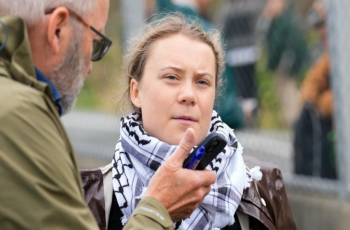
Greta Thunberg arrested at pro-Palestinian protest in Denmark
2024-09-04 -
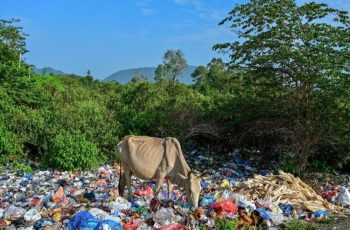
Burning trash a major source of plastic pollution: study
2024-09-04 -

Medals and mobs: China's 'toxic' sports fans face crackdown
2024-09-04 -

Coal generates less than 50 Percent of Australian electricity for first time
2024-09-04 -

Young Chinese women hire female cosplayers to play dream men
2024-09-04 -

Africa faces disproportionate burden from climate change: UN
2024-09-02 -
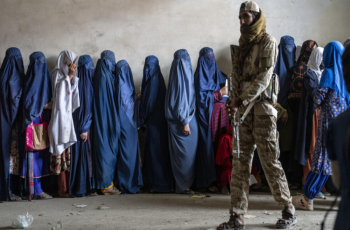
Afghan women are erased by the Taliban as the international community looks on
2024-08-31 -

Australian sauna helps save frogs from flesh-eating fungus
2024-08-30 -
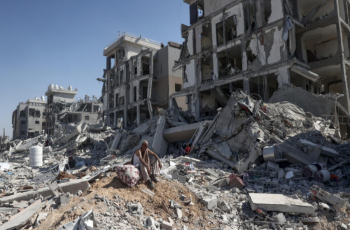
UN aid official questions world's 'humanity' as Gaza war rages
2024-08-30 -
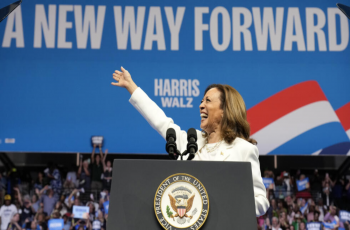
Harris says US ready to move beyond Trump in first presidential campaign interview
2024-08-30
